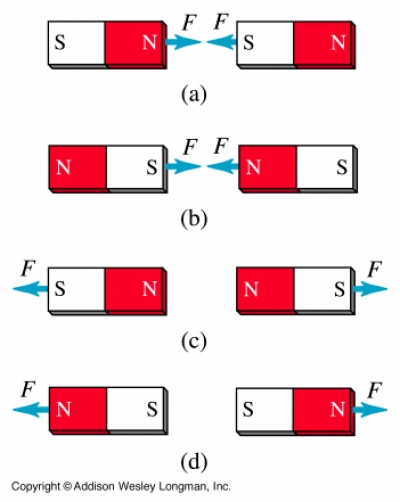Permanent Magnets are used for a variety of applications in our daily life. Though magnets are cheap, their importance in our life is great. A permanent Magnet can also lose its magnetism. This depends upon various factors.
A ferromagnetic material has all electrons with their spin oriented in the same direction. It is due to this alignment of electron spins that a ferromagnetic material exhibits magnetic properties. If due to any external force we are able to change the orientation of these electrons, disrupt them to a level that they no longer produce the desired magnetic effect, then the material will lose its magnetism.
There are various other factors that can lead to loss of magnetism in a magnetic material. The neodymium disc magnet is known to be one of the strongest magnets due to its high magnetic strength.
HEAT & TEMPERATURE: The temperature beyond which the ferromagnetic loses its properties and behaves likes a paramagnetic material is called as Curie temperature. Heating a magnetic material beyond Curie temperature will lead to loss of magnetism. This happens because the heating disrupts the spin associated with the electron.
Upon heating, the material loses its magnetic properties. There are also ways to disrupt the magnetism temporarily. A mild heating of a ferromagnetic material will lead to a temporary loss of magnetism in it. As soon as it cools down, the magnetic properties of the material are restored. The losses due to temperature are classified into three categories:
- Reversible loss: If a magnetic material loses its magnetic properties partially and recovers them on the removal of external force causing the effect, then it is called as Reversible loss of magnetism.
- Irreversible losses: If a magnetic is heated beyond the Curie temperature, then the material losses its magnetic properties. It can also happen when the temperature falls below the knee point of the magnetization curve. Re-magnetization is used to recover such losses.
- Metallurgical Losses: Metallurgical changes alter the state of a material. A magnet if superheated and melted will lose all its magnetism and the loss is generally non recoverable.
MECHANICAL SHOCK: It is observed that old magnets do not generally exhibit properly the desired magnetic character. It is due to the fact that an old magnet has been hammered several times in its lifespan leading to partial or complete loss of magnetism.
RELUCTANCE LOSSES: Releasing a magnet from an electrical circuit can cause the magnetizing slope to exhibit a decrease. This results in loss of strength of magnetization of the material. This varies with the degree of reluctance changes applied to the circuit.
LOSSES DUE TO OPPOSING MAGNETIC FIELD: Sometimes when a magnetic material is subjected to an opposing magnetic field, it tends to misalign the spin of its electrons. This results in loss of magnetizing strength of the material. This opposing magnetic field is also called as Demagnetizing field.
It is useful when we want to decrease the strength of a magnet for particular application. This opposing field can either be created by a current carrying conductor or by exposing a magnet to another magnet with a strong magnetization field.

























